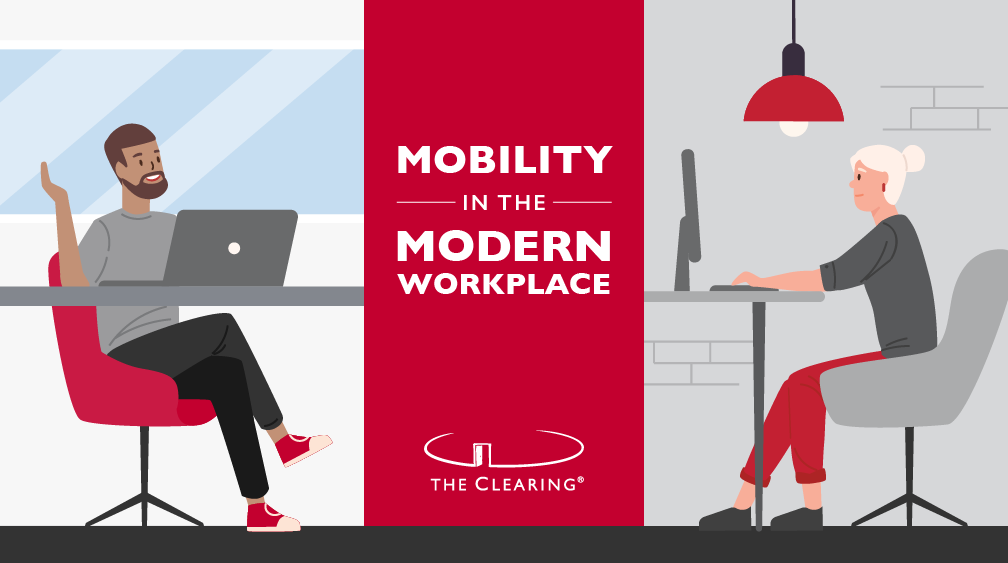The first DC snowfall is a wonderful reminder of the importance of mobility in the modern workplace. A mobile work environment empowers the workforce to make decisions that prioritize their safety and wellbeing while enabling mission-critical activities to continue. The workforce can decide to commute early to avoid traffic and dangerous road conditions or work from home to avoid traffic altogether.
Mobility isn’t just about working from home (telework). Mobility is the ability of your workforce, enabled by information technology and progressive workplace policies, to perform work both within and outside the workplace. It includes a range of separate and distinct modes of working that enable the workforce to be successful no matter the circumstances (weather, health, work or personal travel, offsite work duties). Mobile work includes working from places such as home, the road (conferences, training, site visits), satellite locations (client or customer locations or satellite offices), co-working spaces, or even a conference room or office/workstation not assigned to you within the existing workplace.
Here are three tips for outfitting your workforce for mobility:
- Invest in the right technology and tools. In order to enable mobility, it is critical to equip the workforce with mobile devices such as laptops, tablets, and smartphones that permit the workforce to work from anywhere, anytime. Additionally, consider investing in collaboration software (i.e., Slack, Jabber, Skype, WebEx, Zoom) to ensure the workforce can collaborate from wherever they are.
- Train supervisors on how to manage a mobile workforce. The workforce will look to leadership and immediate supervisors to understand the extent to which the organization is embracing mobility, which requires a shift to managing outcomes rather than by sight. Enrolling supervisors in how to successfully engage and manage a distributed workforce signals their commitment to mobility and the workforce’s wellbeing while supporting the organization’s mission and business goals.
- Outfit the workforce on culture shifts. Implementing a mobile environment doesn’t happen by just investing in the right tools, technology, and training. It is critical that you engage the workforce in conversations around the desired mobile culture, defining etiquette, rules of the road, and necessary policy updates as well as providing training on new tools, technology, policies, and best practices for working and engaging in a mobile environment.
By creating a mobile workforce, organizations are better positioned to further their mission in any circumstance (snow, flu season, World Series or Stanley Cup Championship parades, etc.) and attract and retain the right talent. Start moving toward a mobile environment by thinking about your next technology refresh (what mobile technology could you infuse into your next investment?); engage a test group to identify organizational best practices and culture shifts; or sponsor a mobility week to practice mobility and test new tools and technology.
Share your story on how mobility has better enabled your organization’s mission, workforce wellbeing, or talent pool by sending me an email at kelly.barlow@dev2021.theclearing.com.
